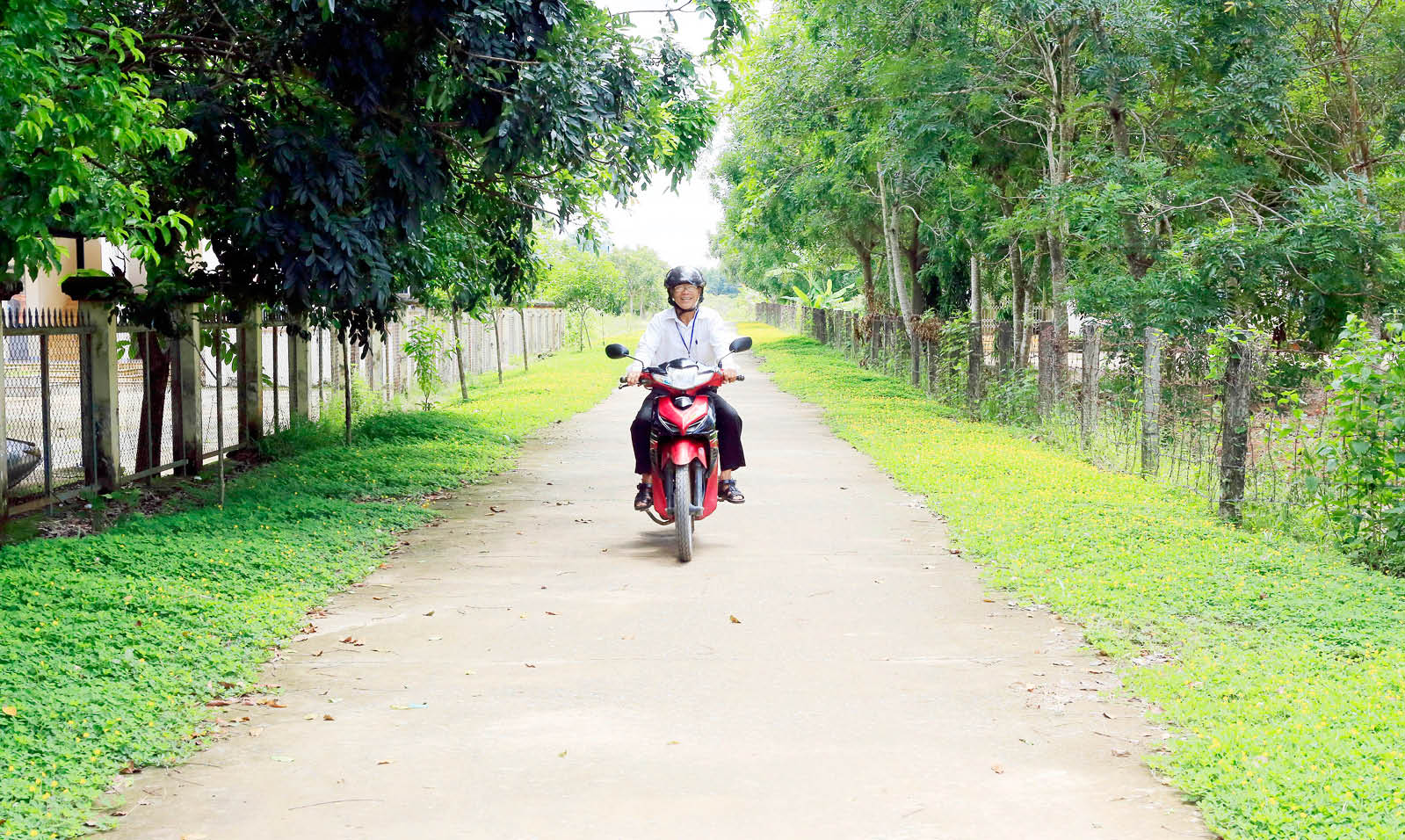 |
| On the road to Da Lay village |
A beautiful sunny day, clear sky and white clouds. Leaving the market, I strolled through the roads leading to the alleys of Da Lay. The rustic atmosphere of Hue people far away makes visitors feel close and familiar, as if they want to sympathize and share the joy with the people of Hue who have settled firmly on this land of the Central Highlands after nearly half a century. Wherever they go, Hue people choose good land and then use their intelligence and hard work to create lush fruit gardens. Many entrances to houses are not closed with high walls but leave open space with rows of symmetrically trimmed tea trees. The pairs of apricot trees on both sides of the door have been nurtured for many years and have become ancient apricot trees. Even though Tet has been gone for a long time, their bright yellow buds are still strong. The yellow apricot color taken from Hue blends with the yellow color of chrysanthemums to create a space with noble color combinations. Somewhere in someone's garden, I see pomelo trees laden with fruit, whose owners must have brought seeds from the countryside. In those garden houses, the familiar architectural features are still preserved, although they are rustic but still have the flavor of the Imperial City. Also in those houses, the very typical family traditions of the Hue countryside are still preserved, even though there have been several generations of children born and raised in the vast land.
The Hue people in the highlands that I often meet, even though they have been away from home for a long time, may be young people born in the new countryside but still retain the very typical demeanor and personality of the people of the ancient capital...
Every old person in Da Lay that I met and chatted with over a cup of tea today talked about “back then”, and their “back then” was also a story that I had the opportunity to tell. It was the hunger, the suffering, the desolation, the boredom of the first day receiving the residential and farming land that the Youth Volunteer Force had just reclaimed, still smelling of new land, the ash of grass and bamboo that had just been burned black and had not yet soaked into the soil. It was the deep nostalgia for the homeland, the myriad of worries, the desolation, not knowing where the future would lead.
* * *
Mr. Nguyen Minh Tanh - Chairman of Da Lay Commune People's Committee shared the changes of the countryside after Ma Oi slope today. Each of his information contains gratitude to the previous generations, the troops who opened the road, reclaimed land and the fellow countrymen who had a difficult time starting a business. Mr. Tanh is a younger generation but remembers all the names of the TNXK predecessors... In the story, Mr. Tanh and Mr. Du sometimes feel worried and can hardly hold back their sighs when talking about the past, some still alive and some dead.
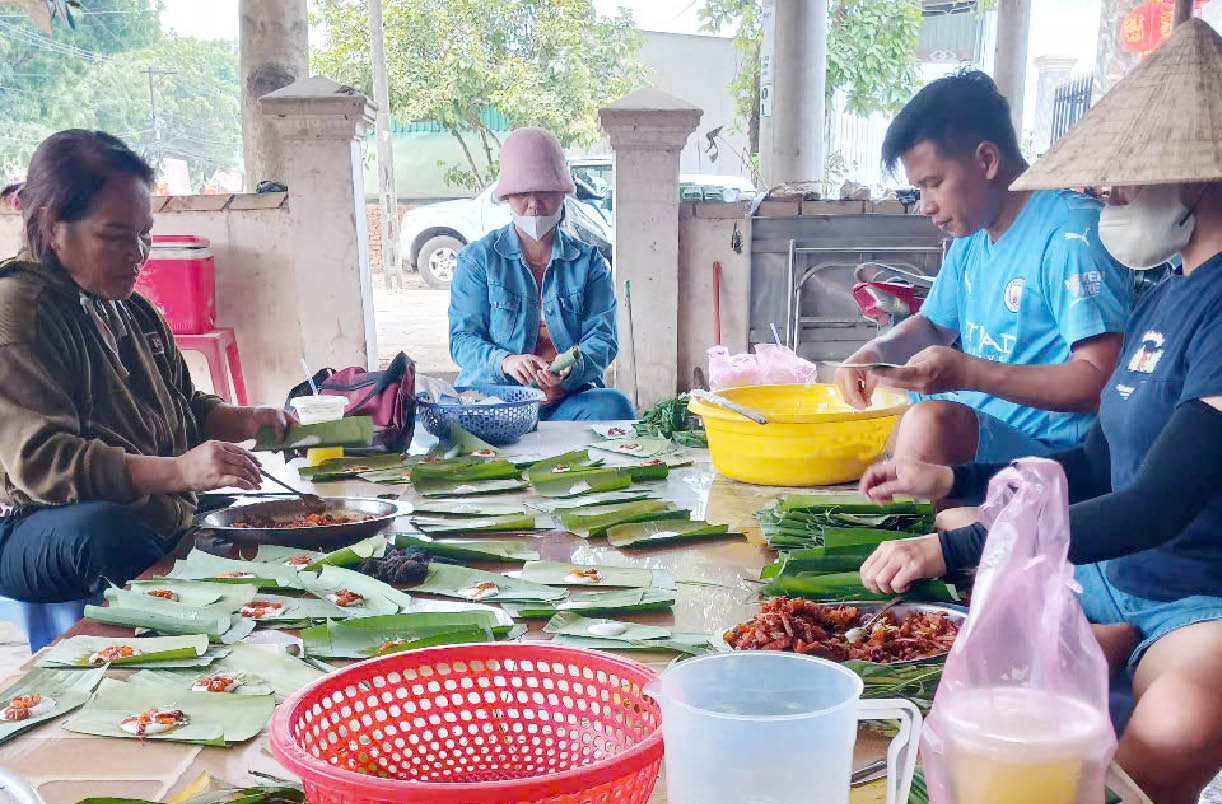 |
| Producing loc cake at Thu Ky facility - Da Lay commune |
The Chairman of the People's Committee of Da Lay commune provided information that, from the first wave of migration in 1978, after nearly a year of stabilizing the population, the Da Lay commune government was officially established on March 14, 1979 according to Decision No. 116/QD-CP on the establishment of Da Huoai district; from then on, the Huong Lam industrial zone became Da Lay commune. On June 6, 1986, Da Huoai district was divided into three districts: Da Huoai, Da Teh, Cat Tien; Da Lay commune was divided into two communes: Da Lay and Huong Lam. From 1988 to 1993, a group of people from Thanh Liem district (Ha Nam province) and Nam Xuan commune (Nam Dan district, Nghe An province) and later a group of ethnic people from the North continued to settle in the commune. By the end of 2019, implementing Resolution No. 833/NQ-UBTVQH, dated December 17, 2019 of the National Assembly Standing Committee on the arrangement of commune-level administrative units in Lam Dong province, Huong Lam commune was merged into Da Lay commune and kept the common name of Da Lay commune...
Mr. Tanh cited detailed data on economic development: After 47 years, Da Lay commune now has a total natural land area of 5,200 hectares with 9 villages, a total population of 6,196 people with 1,541 households. The commune's economy develops in a multi-industry direction. The average income per capita reaches 55 million VND. The whole commune currently has over 200 households producing, trading, trading - providing services with industries such as gasoline, fertilizer, motorbike repair, welding, turning, purchasing agricultural products, services serving life along with many restaurants with the cultural identity of Hue cuisine such as hen rice, banh loc, spring rolls, beef noodles have created an attraction for visitors from far away. Currently, the commune has products with recognized brands such as green-skin pomelos, salted roasted cashew nuts, especially traditional spring rolls and banh loc...
Da Lay Banh Loc initially participated in the OCOP Program and received 3-star quality. Ms. Nguyen Thi Loi, Chairwoman of the Commune Women's Union, who participated in establishing the cooperative, along with other members, will gradually complete the documents to upgrade Banh Loc to a 4-star OCOP product, approaching the form of buying and selling on the electronic trading floor. The cooperative has about 20 families of Hue origin making Banh Loc. This rustic cake requires the skillful hands of the mothers, sisters, and children; it is a profession that helps improve the lives of families, helping disadvantaged women and children in the locality to have more income. Da Lay Banh Loc is famous everywhere thanks to the source of raw materials for making cakes. The commune's cassava area currently has more than 10 hectares. Cassava along the Dong Nai River is a suitable crop for alluvial flats, enjoying nutrients from the alluvium of the headwaters, creating premium quality starch for making cakes. After harvesting, the cassava roots are ground into small pieces and filtered through many waters to achieve the right amount of starch, white and clear. The banana leaves used to wrap the cake in this area are wild banana leaves, while homegrown banana leaves are used to tie the cake, thus creating the sweetness and aesthetics of the cake. The process of making the cake filling is also carefully passed down by the ladies in the process of selecting shrimp and meat; marinating spices; and adjusting the heat to make the filling fragrant and stimulating the taste buds. The cake is a rustic dish but through many stages, it is difficult for anyone to resist the craving thanks to the meticulous, careful hands of the cake makers and the slow, leisurely, Hue-style steps.
Ms. Hong Tam, owner of Thu Ky bakery, said: “In the past, people in my hometown had to carry heavy loads and travel to every market to sell, but now they are promoted on social networks, so customers come to their homes to buy. In addition to serving local needs, currently, Hue people’s banh loc in Da Lay has crossed the mountains and gone to markets such as Ho Chi Minh City, Dong Nai, Binh Duong, Binh Phuoc, Binh Thuan, Khanh Hoa… and there are even some orders sent abroad…”.
* * *
Then it was time to leave Da Lay, the new homeland of the children of Hue. Passing the Ma Oi slope, I stopped the car and opened the window to look back. Somewhere beside the forests, the lush fruit gardens or the endless green rice fields, the girls' voices and laughter were "very Hue" bustling in the still lingering sunny afternoon. Nearly half a century of bringing Hue far away, the children of the ancient capital in the new countryside have created a miracle. I consider it a true miracle because I have come here and understand the story of their journey to settle down. That miracle is nothing grand but is very simple, modest, and is the love for the two homelands. They have shed sweat and tears to create a prosperous, wealthy and affectionate village in the middle of the vast land that was once a resistance base, once a sacred forest and poisonous water.
From the top of Ma Oi slope, I recall the distant days, the day when the Youth Volunteer Force of Hue City departed from the Thai Hoa Palace yard to “go south” to open up new lands amidst countless dangers and hardships. I also imagine the groups of Hue people leaving their beloved homeland, carrying each other on a long journey. On that trip across mountains and rivers, they had to “carry the name of the commune and the village”, carry thousands of memories, countless obstacles and countless worries on the journey to find a new life thousands of miles away from home…
Source: https://huengaynay.vn/chinh-tri-xa-hoi/co-mot-khuc-ruot-xu-hue-tren-dat-nam-tay-nguyen-bai-3-mien-dat-da-lay-cua-nguoi-hue-hom-nay-152761.html




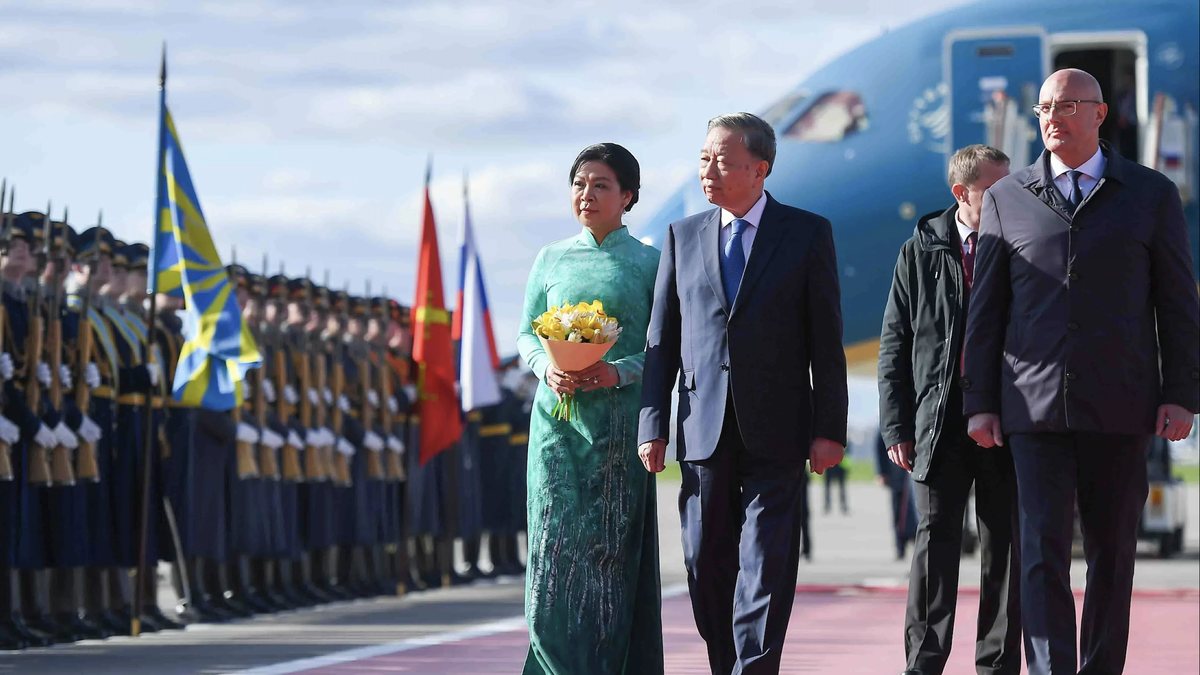
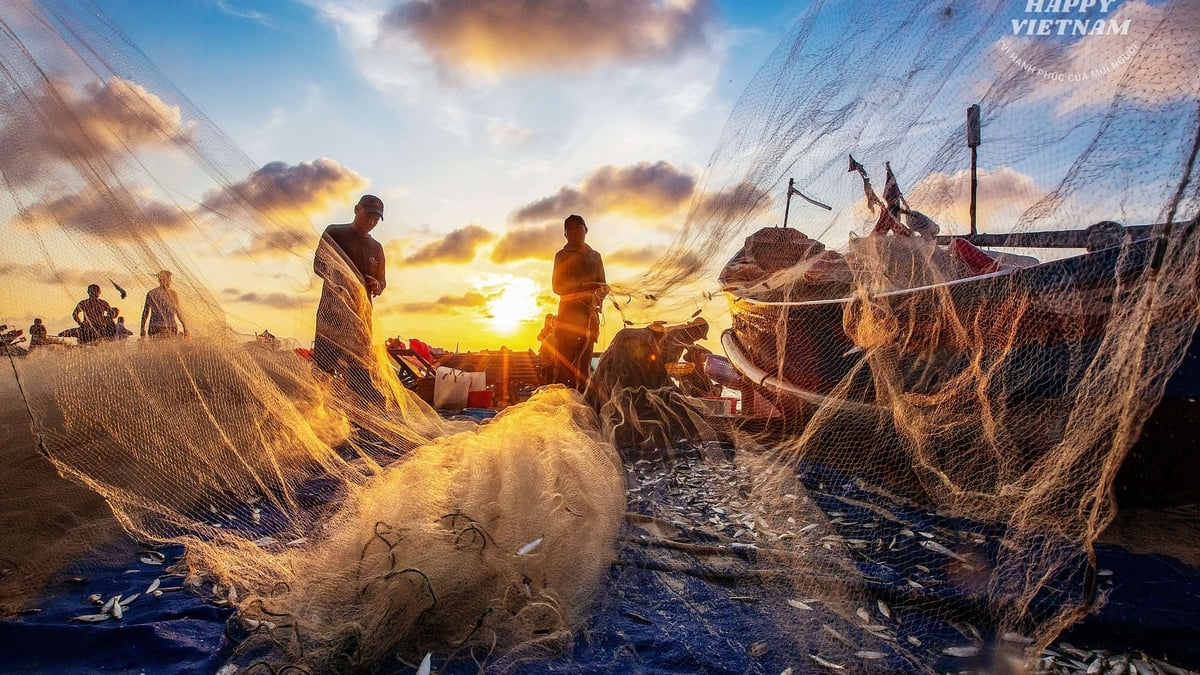
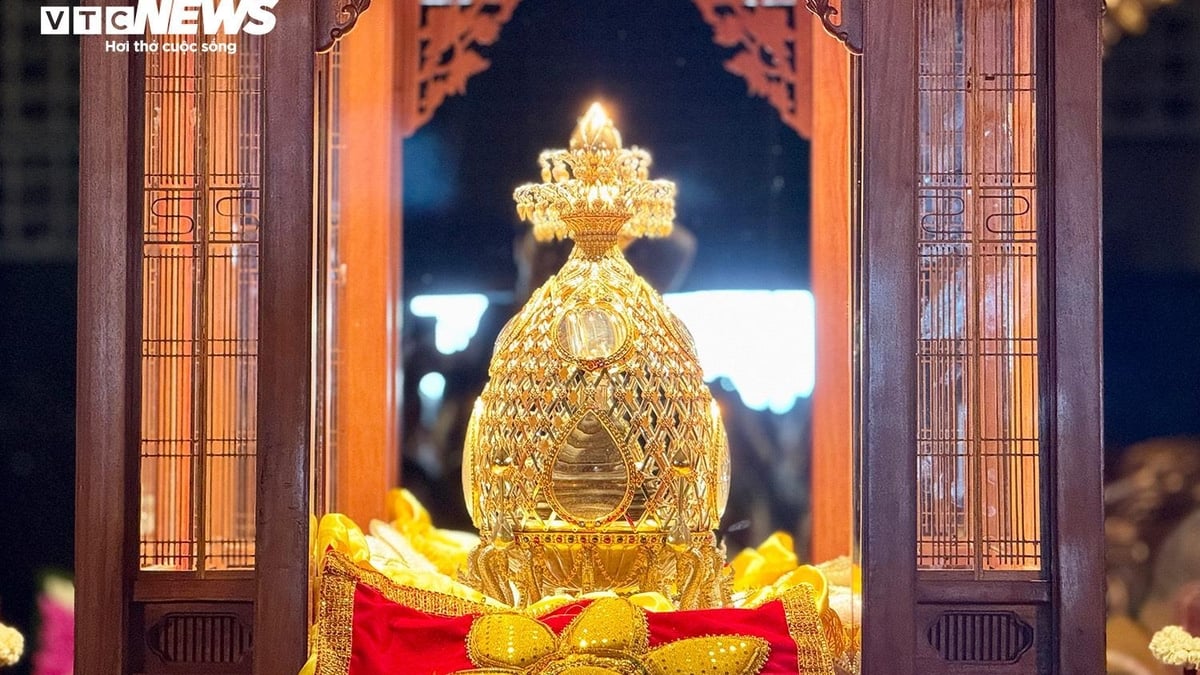
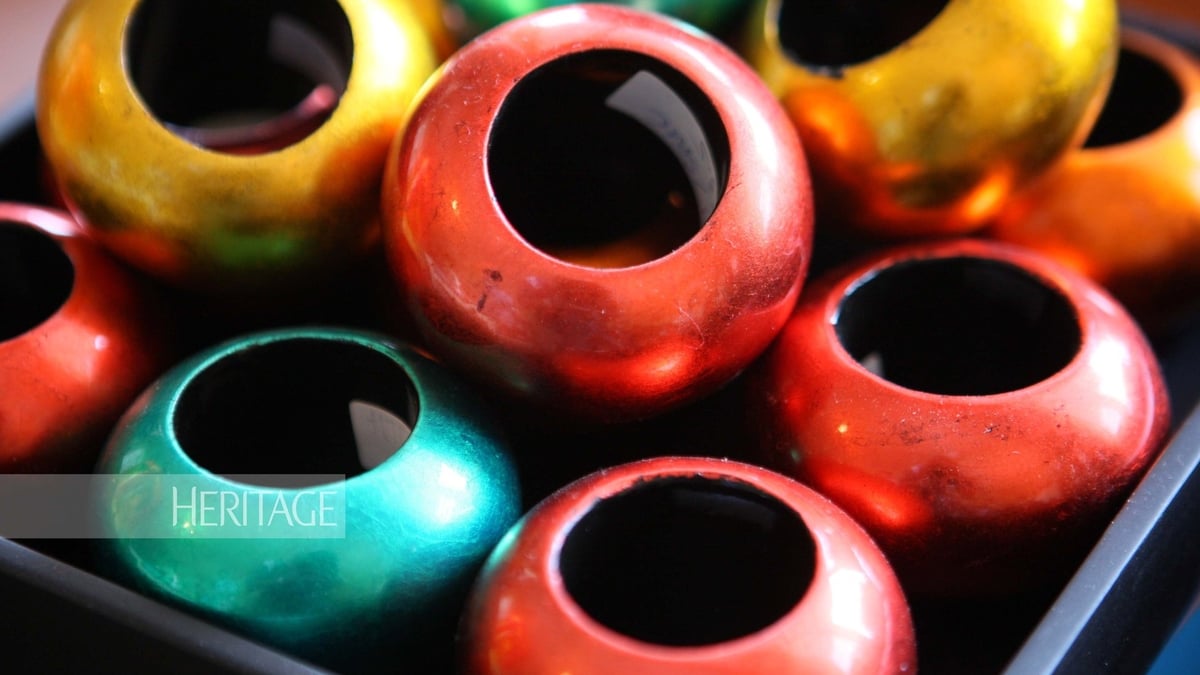
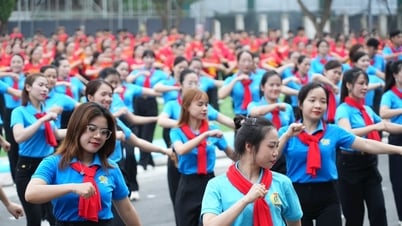
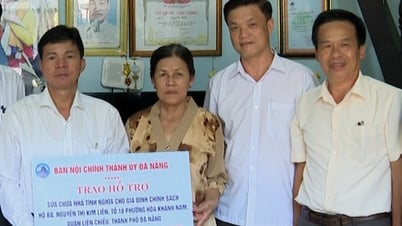
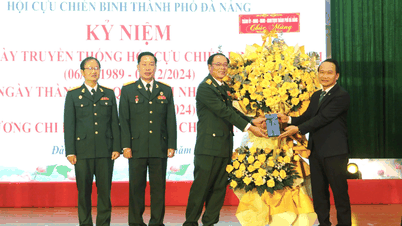
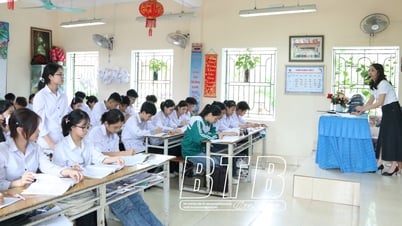
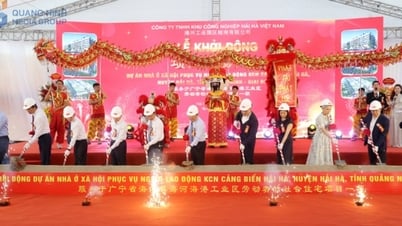
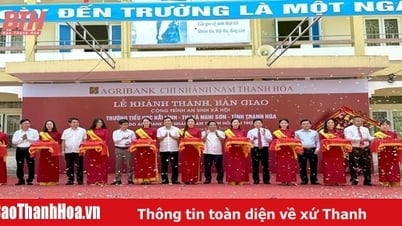




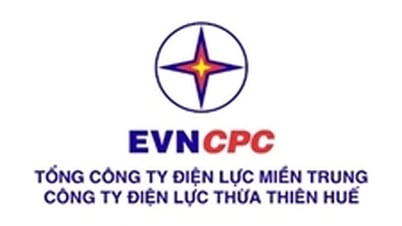

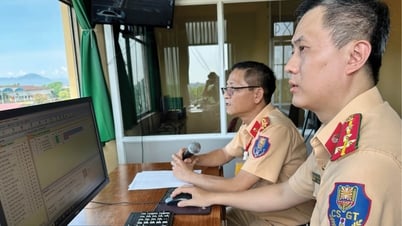




![[Photo] General Secretary To Lam begins official visit to Russia and attends the 80th Anniversary of Victory over Fascism](https://vphoto.vietnam.vn/thumb/1200x675/vietnam/resource/IMAGE/2025/5/8/5d2566d7f67d4a1e9b88bc677831ec9d)
![[Photo] Prime Minister Pham Minh Chinh meets with the Policy Advisory Council on Private Economic Development](https://vphoto.vietnam.vn/thumb/1200x675/vietnam/resource/IMAGE/2025/5/8/387da60b85cc489ab2aed8442fc3b14a)


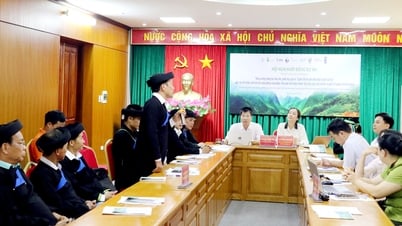

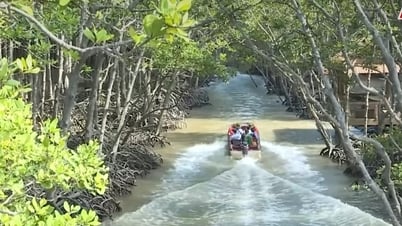













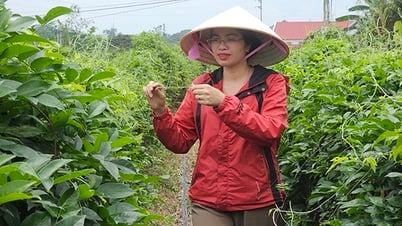

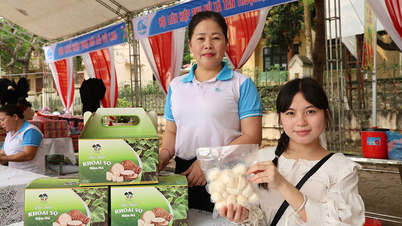















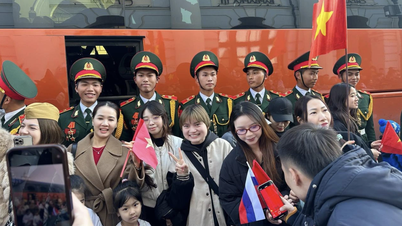



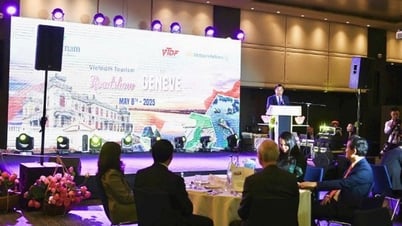


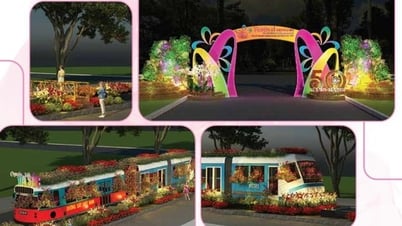
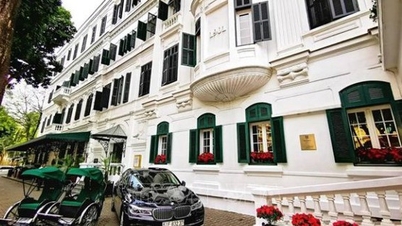


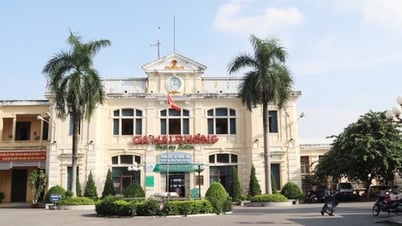
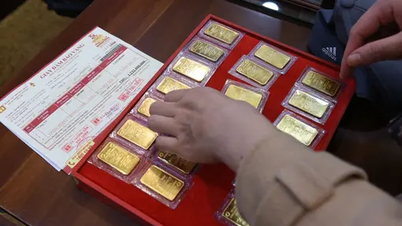






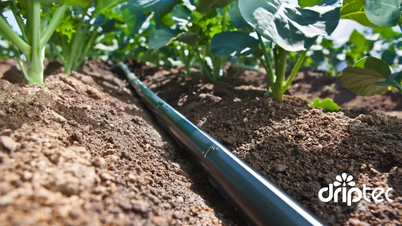











Comment (0)